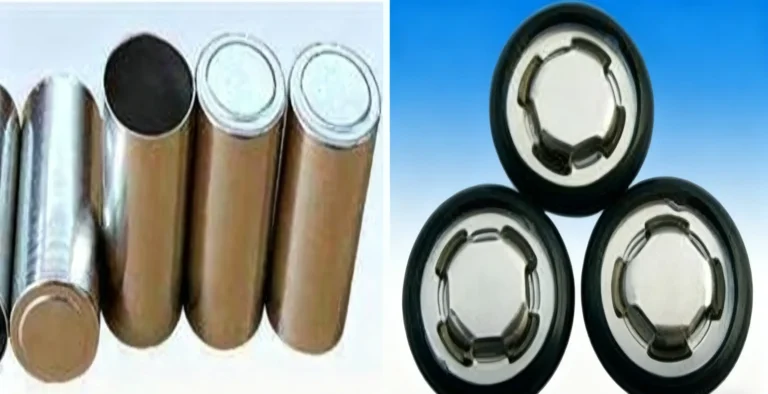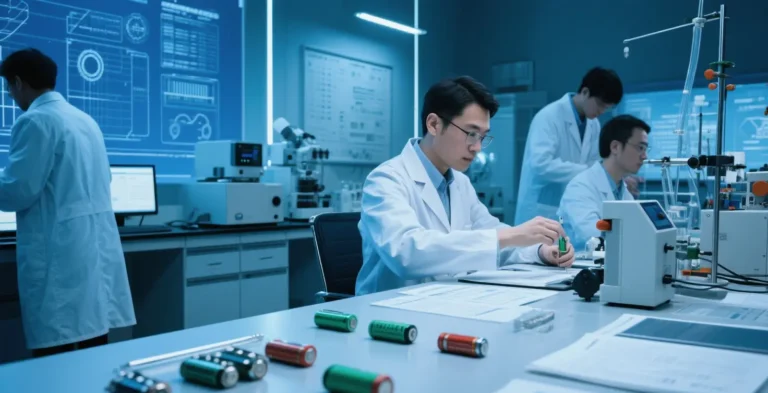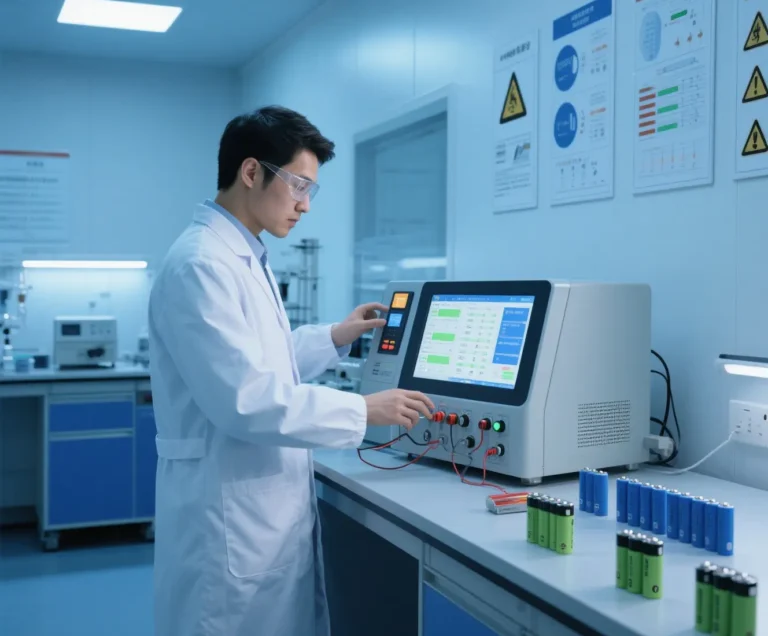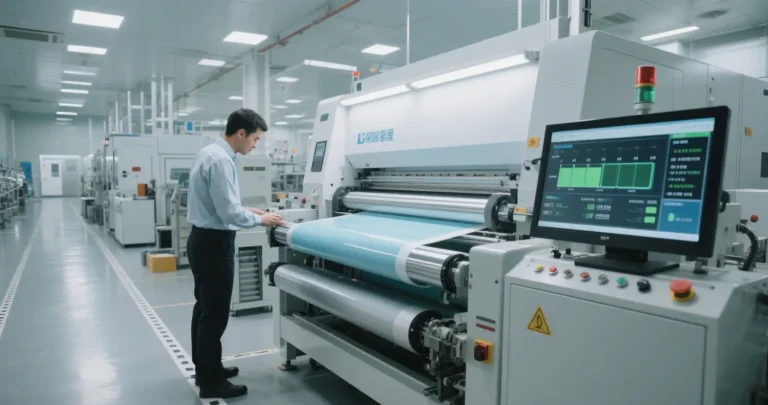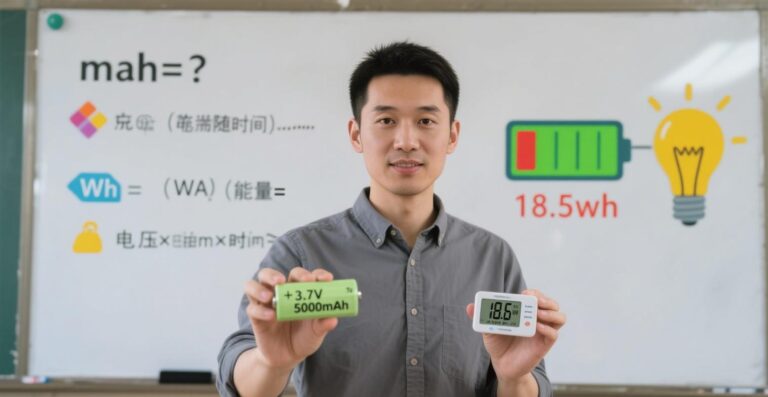Battery PACK Customized Module and CTP Module Assembly Technology
From precision stacking to integrated integration, the customized battery pack process is redefining the limit of energy storage
As lithium battery engineers, we know that the battery pack manufacturing process directly determines the performance boundary and safety limit of the final product. In this paper, we will analyze the core process differences and technical challenges between the customized module assembly of battery pack PACK and the non-module CTP (Cell to Pack) program, and provide professional technical references for industry colleagues.

I. Battery Pack Customized Module Assembly: The Technical Art of Precision Stacking
Battery Pack Cell Sorting and Pre-treatment
Core consistency is the cornerstone of module performance. Due to the unavoidable small differences in the manufacturing process, there are inconsistencies in the performance parameters even for the same batch of cores .
Modern production lines strictly screen the voltage, internal resistance, capacity and other parameters of the core by means of precision sorting machines, which usually require the voltage difference to be controlled within ±5mV and the capacity fluctuation to be no more than ±3%. Meanwhile, plasma cleaning technology is used to remove the oxidized layer and impurities on the surface of the pole column to ensure the reliability of welding quality.

Battery cell stacking and fixing process
Stacking of battery cells is the core process of battery pack customized module assembly, which requires extremely high precision control. Robots are used to accurately grab and stack the cores according to the established arrangement (e.g. square, honeycomb), and the stacking pressure control accuracy can reach ±1N.
Battery pack customized cell stacking process needs to strictly control the plane tolerance (usually ≤ 0.5mm), to prevent subsequent welding misalignment. At the same time supplemented with thermally conductive silicone pads, insulating paper and other materials to fill the gap to ensure thermal management and electrical insulation performance.
Battery pack electrical connection technology
The quality of busbar welding directly affects the conductivity of the module and thermal management efficiency. The industry generally adopts laser welding or ultrasonic welding technology to connect the battery cell lugs with the busbar.
Strict quality testing is required after welding, including manual spot-checking of solder joints using a ceramic driver to prevent defects such as false soldering and blown spots. Ningde Times’ square module realizes the high-strength combination of pole lugs and connecting tabs through laser welding, with a tensile strength of >50N.
Battery pack functional component integration
Modern modules integrate a variety of functional components, including BMS acquisition harnesses, temperature sensors, fuses, and so on. These components are fixed by wire slots or ties to avoid extrusion short circuit.
BYD blade battery modules use FPC flexible circuit boards to integrate voltage acquisition functions, which not only saves space but also significantly improves system reliability.

II. Battery Pack CTP Technology: Redefining the Boundary of Battery Pack Integration
Principle and Advantages
CTP (Cell to Pack) Technology significantly improves the efficiency of space utilization by weakening or eliminating the module structure and directly integrating the cells into the battery pack.
CTP technology has significant advantages over traditional module solutions:
- Reducing the number of parts by 40%, simplifying the structure of the battery pack
- Increasing energy density by 10-15%, extending range
- Reducing cost by about 20%, improving product competitiveness
Cell Direct Integration Technology
In the CTP program, the surface of the battery cell needs to be coated with structural adhesive or thermal conductive adhesive, and a two-component applicator is used to precisely control the amount of adhesive. HEMS production line comes with a flow monitoring function to ensure the bonding strength with the battery pack shell.
After eliminating the traditional module end plates, the cells are positioned through large-size heat dissipation plates or the internal structure of the case. The Ningde Times CTP solution inserts the cells into the gap of the injection-molded heat sink plate and fixes them using sidewall adhesive. Z-direction expansion space (about 7-10mm) needs to be reserved when stacking to absorb deformation during charging and discharging.
Thermal Management Challenges and Solutions
The CTP solution has a significant increase in thermal management complexity due to the direct integration of the cells. The cells are connected in series with each other through copper rows or high-voltage wire harnesses, and the cold plate is integrated on the side of the cells and connected to the case through brazing to form an efficient heat dissipation channel.
BYD Blade Battery further improves space utilization by flattening the design and using the cell itself as a structural component.

III.The battery pack automation and intelligent manufacturing trends
Robot precision operation
Modern battery pack production line commonly adopts robotic arm with vision positioning system to realize cell gripping and stacking operation, with accuracy up to ±0.2mm6.
HEMS production line adopts laser welding + vision addressing technology to increase the qualified rate of welded joints to 99.9%, which significantly improves product consistency and reliability6.
Data Tracing and Process Control
The MES system (Manufacturing Execution System) plays a key role in battery pack customization, and is able to bind the torque and welding parameter data of each module to support full life cycle traceability.
Intelligent tightening tools monitor torque profiles in real time to prevent false fit phenomena and ensure the reliability of each connection point.
Digital twin and AI optimization
The module design can be optimized by predicting stacking interference and thermal stress distribution through virtual simulation technology. Ningde Times utilizes edge computing + 5G transmission to realize remote fault diagnosis and dynamic adjustment of process parameters.

IV. Battery Pack Material Innovation and Process Evolution
Battery pack structural adhesive technology
The Tesla 4680 module uses a polyurethane structural adhesive with a bond strength of >15 MPa, which realizes a reliable connection while reducing weight by 30%. This material program represents the future development direction of battery pack connection technology.
Battery pack integrated die-casting technology
Ningde Times and Lijin Technology jointly developed a 6000T die-casting machine, which molds complex end-plate structures in 3 minutes, significantly improving production efficiency and structural consistency.
Battery Pack Intelligent Sensing Technology
A new generation of battery packs has begun to embed fiber optic sensors to monitor stress distribution in real time and provide early warning of expansion risks, providing new technical means for battery safety management.


V.Battery Pack Technology Challenges and Solutions
Thermal Risk Management
Battery CTP solutions have increased the risk of thermal runaway due to the direct integration of the cells. Large-capacity cells may trigger a chain reaction, requiring more comprehensive thermal management and safety protection systems.
Solutions include:
- Improved design of blowout valves and pressure relief devices
- Enhanced insulation protection levels
- Development of intelligent thermal management algorithms1
- Repair and maintenance challenges
The integrated design of battery CTP solutions makes maintenance more difficult, often requiring whole package replacement. This requires full consideration of full product lifecycle reliability at the design and manufacturing stage.
Standardization and Compatibility
With the development of battery CTP technology, standardization has become an important challenge for the industry. There are differences in the technical routes of different manufacturers, which require the establishment of uniform standards and specifications.

VI.The future development trend
Intelligent Manufacturing Upgrade
Battery pack manufacturing is developing in a more intelligent direction: AI-driven BMS and digital twin technology will improve battery management accuracy and realize predictive maintenance and health management.
Green Manufacturing Concepts
The concept of sustainable development is influencing the battery pack manufacturing process: the optimization of recycling processes and the application of low-energy equipment will drive the industry in a more environmentally friendly direction.
Structural innovation continues to evolve
CTC (Cell to Chassis) technology will further integrate the battery with the vehicle structure, reducing redundant parts and achieving higher integration and energy density.

VII. Summary of engineering and technical points
Battery pack module and CTP module assembly is a highly complex technical process that requires comprehensive consideration of various factors such as mechanical design, thermal management, electrical safety and manufacturing process.
Traditional module solutions offer better maintainability and modularity, and are suitable for application scenarios that require high flexibility. CTP solutions, on the other hand, offer significant advantages in energy density and cost control through a highly integrated design, and are suitable for applications with stringent requirements for range and space utilization.

Regardless of which technology route is adopted, cell consistency, welding quality and thermal management performance are all key factors in determining the final performance of the battery pack. The safety and reliability of battery packs can be ensured through precision manufacturing processes and intelligent quality control6.



